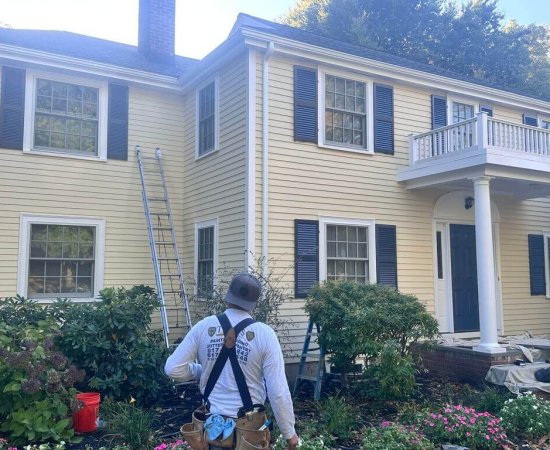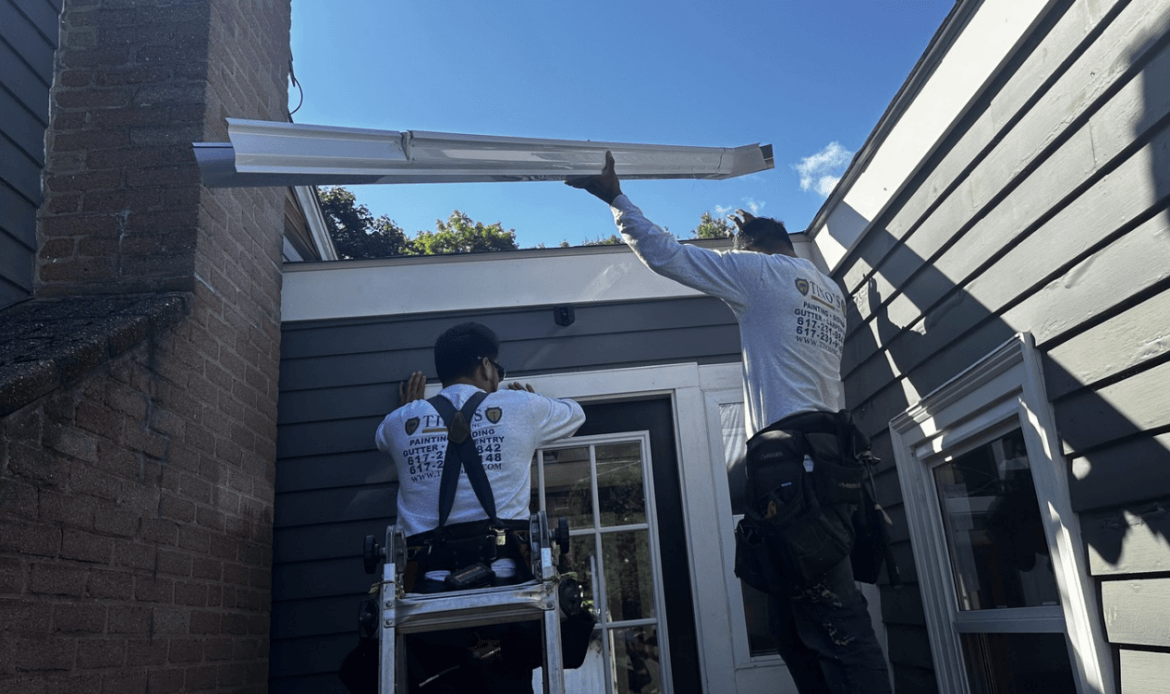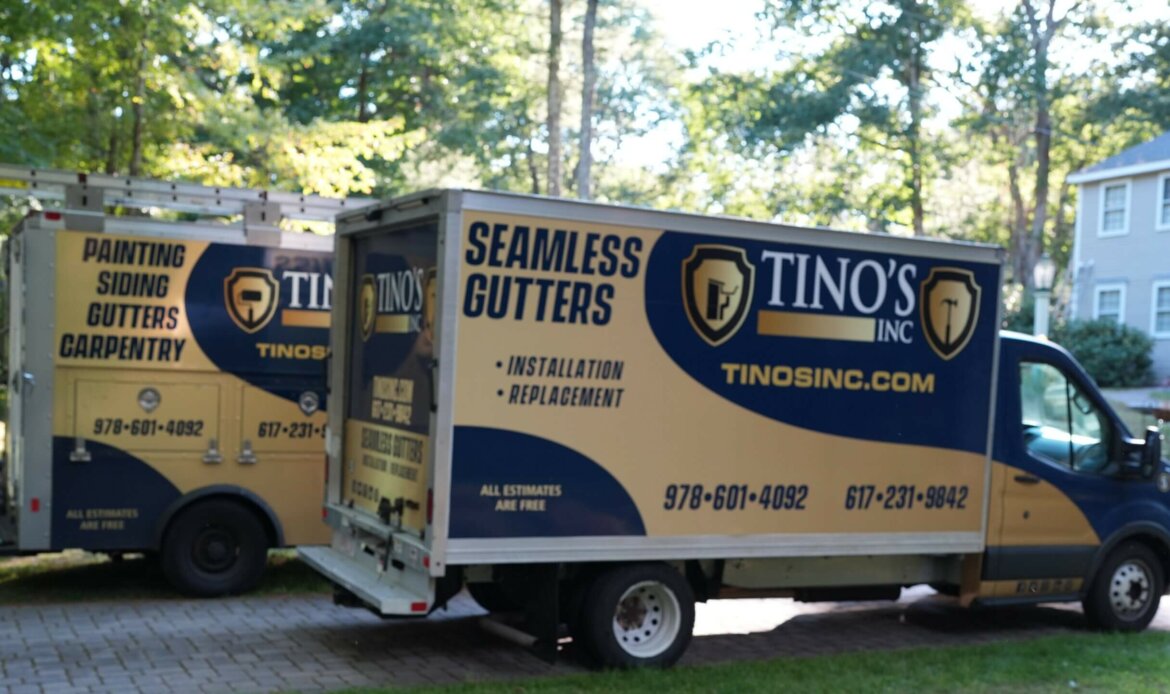Rain Gutters: The Ultimate Guide to Types, Benefits, and Installation
Rain gutters are essential for protecting homes from water damage by channeling rainwater away from the foundation, roof, and walls. Properly installed rain gutters can prevent soil erosion, basement flooding, mold growth, and damage to exterior siding. With a variety of materials and styles available, there’s a rain gutter solution for every home. In this guide, we’ll explore everything you need to know about rain gutters, including types, materials, benefits, installation tips, and maintenance practices.
Why Are Rain Gutters Important?
Rain gutters do more than just direct water away from the house. They play a vital role in maintaining the structural integrity of a home by:
- Preventing Foundation Damage: Rainwater that pools near the foundation can lead to cracks and weakening over time. Gutters channel water away, protecting your foundation.
- Reducing Soil Erosion: Gutters help direct rainwater to a specific drainage area, preventing soil erosion around your property.
- Preventing Water Damage to Walls and Siding: Water running down exterior walls can cause staining, mold growth, and siding damage.
- Protecting Landscaping: By controlling water flow, gutters help prevent washout and protect flower beds, gardens, and other landscaping.
With well-functioning rain gutters, homeowners can avoid costly repairs and keep their homes looking beautiful.


Types of Rain Gutters: Choosing the Right Style for Your Home
Different rain gutter styles provide varying levels of functionality and aesthetic appeal. Here are the most common types of rain gutters:
- K-Style Gutters: K-style gutters are the most popular choice for residential homes. They have a decorative shape that resembles crown molding, providing a polished look while effectively managing water flow.
- Half-Round Gutters: Shaped like a semi-circle, half-round gutters offer a classic, traditional look often seen on historic or older homes. Though less common, they’re easy to clean and have a high water capacity.
- Box Gutters: Typically found on commercial buildings, box gutters are larger and designed to handle heavy rain. They have a box-like shape and are usually installed under the edge of the roof.
- Fascia Gutters: Custom-built to fit specific roof dimensions, fascia gutters are a sleek option that attaches directly to the fascia board. This style provides a seamless look but can be more expensive than traditional options.
Each type of gutter has its benefits and is suited to different styles of homes, climates, and homeowner preferences.
Popular Rain Gutter Materials
The material you choose for your rain gutters affects their durability, cost, and appearance. Here’s a breakdown of common materials:
- Aluminum Gutters: Lightweight and rust-resistant, aluminum is one of the most popular gutter materials. It’s easy to install and can be painted to match your home’s exterior.
- Copper Gutters: Known for their unique look and durability, copper gutters develop a patina over time, giving them a vintage appeal. While more expensive, they’re highly resistant to corrosion.
- Vinyl Gutters: Budget-friendly and easy to install, vinyl gutters are a good option for DIY projects. However, they may not be as durable in extreme climates and can crack over time.
- Steel Gutters: Extremely strong and long-lasting, steel gutters are ideal for areas with harsh weather conditions. They are, however, prone to rust unless they are galvanized.
- Zinc Gutters: Zinc gutters are durable, rust-resistant, and develop a patina similar to copper. They are typically more expensive but offer a unique appearance and long lifespan.
Choosing the right material depends on your budget, climate, and the look you want for your home.

Seamless vs. Sectional Gutters: What’s the Difference?
When installing rain gutters, homeowners can choose between seamless and sectional gutters. Here’s how they differ:
- Seamless Gutters: These gutters are custom-made on-site to fit your home’s dimensions without seams. With fewer joints, seamless gutters are less prone to leaks and require less maintenance, making them an excellent long-term investment.
- Sectional Gutters: Made from pre-cut sections, these gutters are joined together during installation. Although they’re more affordable, sectional gutters have seams that can lead to leaks over time.
For homes that experience heavy rainfall, seamless gutters may offer the best protection due to their leak-resistant properties and durable construction.
Benefits of Installing Rain Gutters
Rain gutters provide several key benefits that enhance a home’s structural integrity, appearance, and value:
- Prevents Water Damage: Gutters protect siding, windows, doors, and foundation from damage caused by excess water.
- Protects Roof from Ice Dams: In colder climates, gutters help prevent ice dams by directing melted snow away from the roof edge.
- Increases Home Value: A well-installed gutter system improves a home’s curb appeal and can add value for future buyers.
- Low Maintenance Costs: Properly installed and maintained gutters reduce the need for frequent repairs, saving homeowners money over time.
These benefits make rain gutters an essential investment for any property, protecting it from potential water-related issues.
Rain Gutter Installation: What to Expect
Installing rain gutters requires careful measurement and expertise to ensure proper drainage. Here’s what you can expect during the installation process:
- Assessment and Planning: A professional gutter installer will assess your home’s structure and determine the best gutter type, size, and placement for optimal water flow.
- Choosing Materials and Style: You’ll select materials, colors, and styles to match your home’s exterior. The installer can guide you through the options that best suit your budget and needs.
- Precision Measurement: Accurate measurements are essential to avoid leaks and ensure seamless installation.
- Installation: Gutters are securely attached to the fascia board, with downspouts installed at key points for efficient drainage.
- Final Inspection: The installer checks for proper alignment, drainage, and ensures there are no leaks or weak points.
A professional installation ensures that your gutters are securely attached, aligned, and built to withstand years of wear and weather.
Tips for Maintaining Rain Gutters
Regular maintenance helps extend the life of your rain gutters and ensures they function properly. Here are some essential tips:
- Clean Gutters Twice a Year: Remove leaves, twigs, and other debris to prevent clogs that lead to overflow and water damage.
- Check for Leaks or Loose Fasteners: Regularly inspect for any leaks, cracks, or loose fasteners, especially after a storm.
- Install Gutter Guards: Gutter guards prevent debris from accumulating and make cleaning easier, reducing the frequency of maintenance.
- Inspect Downspouts: Ensure downspouts are clear of blockages and direct water at least 3 feet away from the foundation.
- Repaint or Reseal When Necessary: Metal gutters may need occasional repainting or resealing to prevent rust and maintain their appearance.
With these simple maintenance practices, your rain gutters will protect your home effectively and last for years to come.
Frequently Asked Questions about Rain Gutters
How often should I clean my gutters?
Gutters should be cleaned at least twice a year, in spring and fall, or more frequently if you live in an area with heavy tree coverage.
What is the best material for gutters in rainy climates?
Aluminum and copper are excellent choices for rainy climates due to their durability and resistance to corrosion.
Are seamless gutters worth the cost?
Yes, seamless gutters offer better leak resistance, lower maintenance, and a cleaner appearance, making them a valuable investment.
How long do rain gutters typically last?
With proper maintenance, aluminum gutters can last 20–30 years, while copper and zinc can last 50 years or more.

Protect Your Home with Professional Rain Gutter Installation
Investing in high-quality rain gutters is essential for safeguarding your home from water damage and maintaining its structural integrity. Whether you’re looking for seamless, custom, or eco-friendly options, choosing the right rain gutter system makes a difference. For expert guidance on selecting and installing the best gutters for your property, contact TINOS Inc. today. Our experienced team is here to help you protect your home with durable, stylish, and efficient rain gutter solutions.